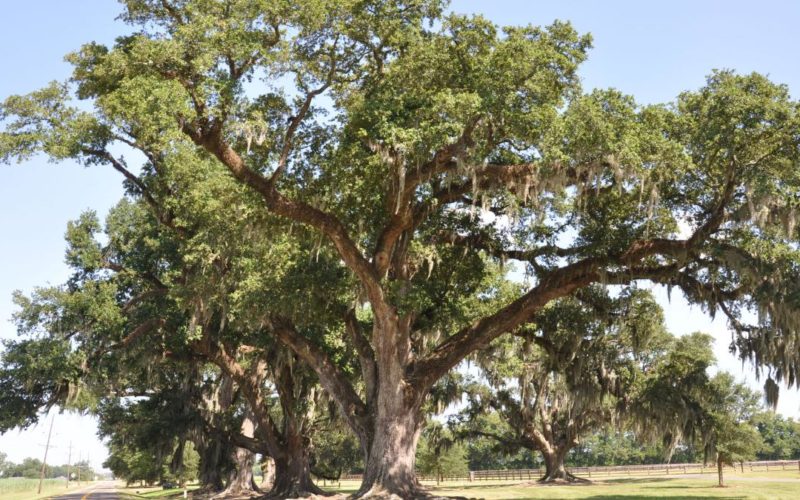(Note: the sites listed in this article are subject to closure due to COVID-19. Please exercise caution and follow guidelines put forth by the Louisiana Office of Public Health).
Louisiana has 19 of America’s 150 federally designated scenic byways. If glorious spring weather makes you want to hit the road, why not check out one or more of these culturally rich routes?
Bayou Teche Byway
Bayou Teche Byway follows a beloved waterway through moss draped cypress, swampy lowlands, marshy bird habitats, sugarcane plantations, and historic small towns.
Running from Morgan City to Arnaudville for 183 miles, this byway offers Cajun and zydeco dance halls, local cafes serving up Cajun cuisine, antique shops, and alligator swamp tours.
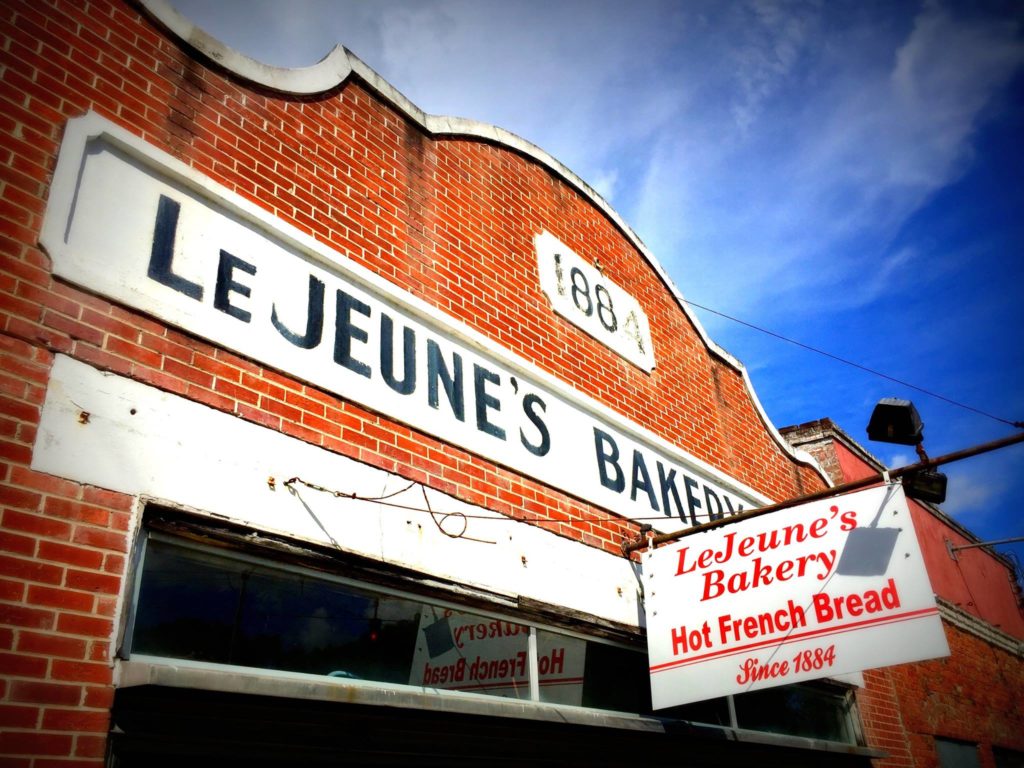
Munch on pastries made from recipes dating to the 1800s at LeJeune’s Bakery in Jeanerette, try couche-couche, a traditional Creole breakfast, at Cafe des Amis in Breaux Bridge, and learn about south Louisiana’s indigenous people at the Chitimacha Museum.
Tour the factory or enjoy the birds and flowers in the gardens at Avery Island in New Iberia, where Tabasco sauce is manufactured. The Longfellow-Evangeline State Historic Site examines the Acadian presence in Louisiana with a reproduction of a 17th century farmstead.
Boom or Bust Byway
The Boom or Bust Byway runs 137 miles along Highway 2 in northwest Louisiana, exploring the state’s oil, gas, and lumber history. This corner of the state is known for piney hills and beautiful lakes, as well as Louisiana’s four remaining antebellum courthouses in Homer.
This byway also has pioneer, railroad, and oil and gas museums, casinos, barbecue restaurants, and the Louisiana Boardwalk outlet mall.
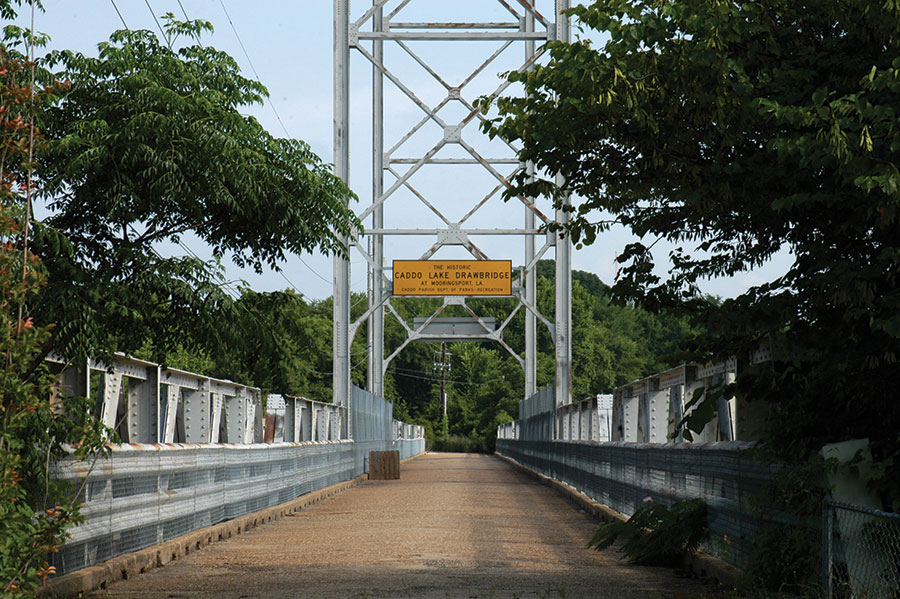
Cajun Corridor
Sample seafood along the 34 mile Cajun Corridor, which includes the historic town of Abbeville and the town of Maurice, home of the turducken (a turkey stuffed with a duck, stuffed with a chicken).
The Acadian Museum in Erath preserves the history of Louisiana’s Acadian culture. If you’re interested in trying turtle sauce piquant, stop at Suire’s Grocery and Restaurant in Kaplan.
Cane River National Heritage Trail
The Cane River National Heritage Trail is 71 miles of tour-able plantations and charming towns. It begins in Natchitoches, where Steel Magnolias was filmed, and ends in Cloutierville, which was founded by a plantation owner in 1822 and was later home to Kate Chopin.
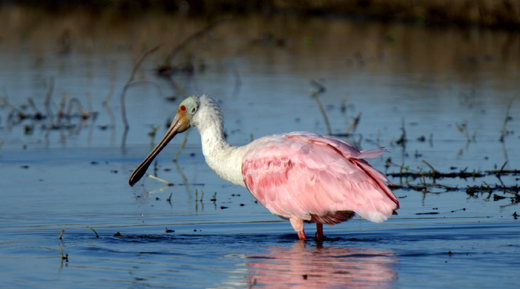
Creole Nature Trail
On the 207 mile Creole Nature Trail, learn about Louisiana’s sulphur mining industry. Enjoy the waterfowl at the Cameron Prairie National Wildlife Refuge, known for the roseate spoonbill. You can catch your own dinner if you have the proper permits.
Historic Highway 80
The 113 miles of the Historic Highway 80 byway includes Poverty Point, a World Heritage Site with some of the largest American earthworks of the prehistoric era.
Flyway Byway
The Flyway Byway winds through Jefferson Parish, which is home to 160 species of birds and offers plenty of opportunities for you to pull over and paddle the wetlands.
Stop at the Zigler Art Museum and the W.H. Tupper General Merchandise Museum, or hold a baby alligator at the Gator Chateau rescue.
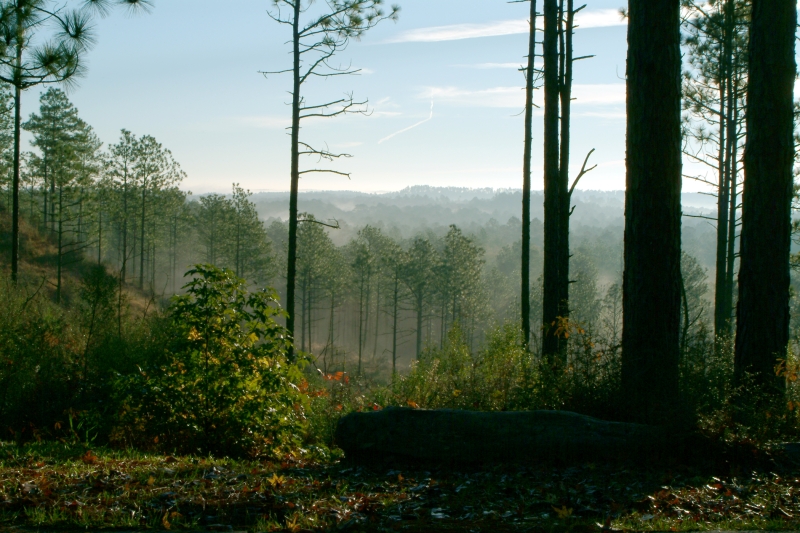
Longleaf Trail Byway
The Longleaf Trail Byway is only 17 miles but covers the Kisatchie National Forest. Hike the “Little Grand Canyon,” have a picnic and take in wildlife. You may see boars, raccoons, armadillos, deer, and turkeys.
Louisiana Colonial Trail and Great River Road
At 484 miles, the Louisiana Colonial Trail is one of the longest byways, tracing the historical paths of missionaries, outlaws, and farmers. The Louisiana Great River Road is even longer, at 773 miles. It follows the mighty Mississippi from plantation towns to our state’s largest cities, Baton Rouge and New Orleans.
Myths and Legends Byway
The Myths and Legends Byway is 181 miles. At one end, DeRidder has Beauregard Parish Museum, with over 3,000 dolls. This byway winds through sawmill towns and Sugartown, the first permanent settlement in southwestern Louisiana.
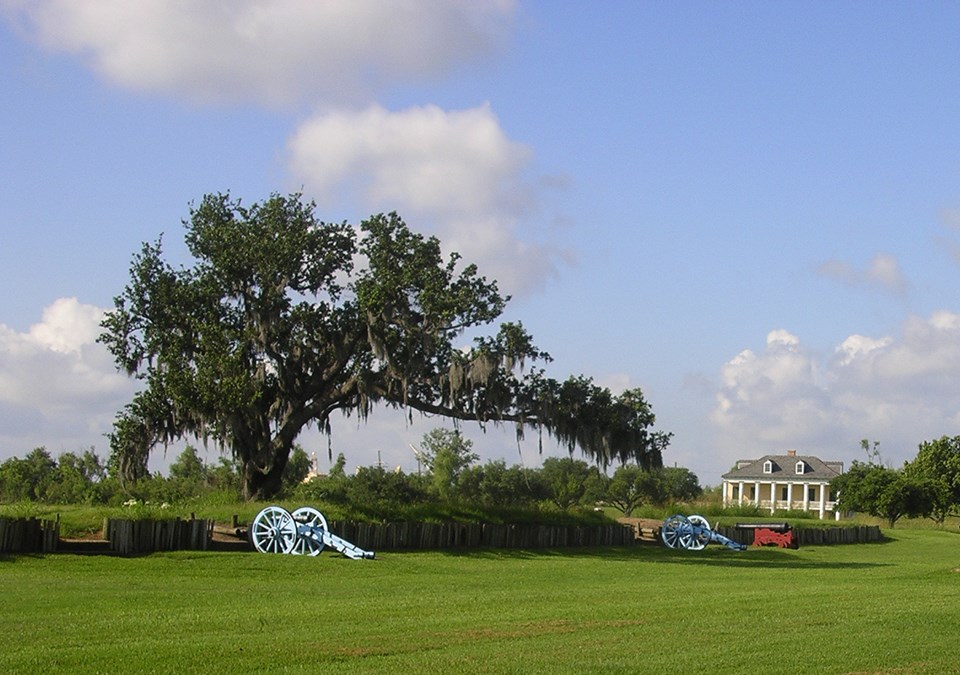
San Bernardo Byway
The San Bernardo Byway is 36 miles and includes the Chalmette Battlefield where, in 1815, Andrew Jackson’s troops defeated the British during the Battle of New Orleans.
Visit the Isleños Museum and Multicultural Center in the town of St. Bernard. Learn about the descendants of Canary Islanders who settled in Louisiana during the late 18th century. Many remained in the area until Hurricane Katrina scattered them to other states. Delacroix, Yscloskey, and Shell Beach near the south end of this byway are great places to charter a fishing adventure.
Southern Swamps Byway
The Southern Swamps Byway is 69 miles of cypress and tupelo swamps. If you have a Wild Louisiana Stamp or a hunting or fishing license, stop at the Joyce Wildlife Management Area and take a swamp stroll on an elevated boardwalk. Otherwise, this byway is known for antiquing, great catfish, strawberries, and andouille.
Toledo Bend Forest Scenic Byway
Toledo Bend Forest Scenic Byway is 78 miles of pine and hardwood forest. The area includes 26 miles of bike trails, if you’re ready to ride something other than a car.
Bald eagles are regularly spotted at South Toledo Bend State Park, while Hodges Gardens State Park has formal gardens, with landscaped waterfalls and trails. Bass fishing, hiking, and horseback riding are all popular at North Toledo Bend State Park.
Tunica Trace Byway
Tunica Trace Byway runs from Angola to the well-preserved town of St. Francisville. These 20 miles surround the 6,000-acre Tunica Wildlife Management Area, popular with hunters, photographers, and birdwatchers.
Wetlands Cultural Byway
The 282-mile Wetlands Cultural Byway includes scenic fishing villages, such as Houma and Thibodaux, as well as marshes. At the Terrebonne Folklife Cultural Center, check out indigenous artifacts and century-old pirogues or take a Cajun dance lesson.
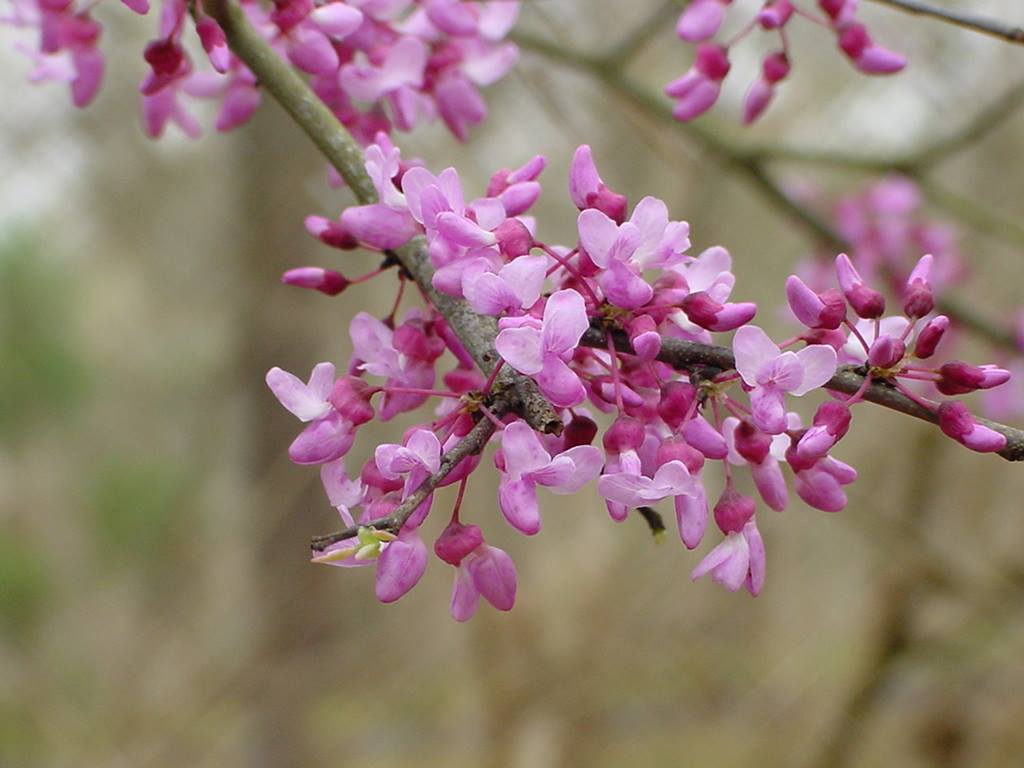
Zydeco Cajun Prairie Byway
The Zydeco Cajun Prairie Byway is 283 miles of local music halls, crawfish ponds, Cajun food, and preservation sites. The Louisiana State Arboretum, featuring indigenous plants, is along this byway. The Prairie Acadian Cultural Center celebrates Cajun and Creole life and the Creole Heritage Folklife Center in Opelousas preserves African-American folklore and music. In the town of Washington, 80 percent of the buildings are listed on the National Register of Historic Places.
Northup Trail
The Northup Trail traces the path of one man, a New Yorker named Solomon Northup. He was drugged and sold into slavery in D.C. and then transported to New Orleans and forced to work on a plantation. Via a sympathetic Canadian carpenter, Solomon got word to his family in New York and was able to sue for his freedom.
His story became “Twelve Years A Slave,” first published in the newspapers of his day. Later an Academy Award-winning movie was based on Solomon’s story. The Northup Trail covers 83 miles of the places Solomon lived and worked in Louisiana.
Zachary Taylor Parkway
Zachary Taylor Parkway is 203 miles of military forts and sites that were significant in the Mexican-American War.
Need More Details?
Download maps and information about specific stops along Louisiana’s scenic byways.
Make sure you have enough car insurance before setting off on a long road trip. Do you have uninsured motorist coverage? What about collision insurance? A local agent would be happy to speak with you about your options. Get in touch today.

